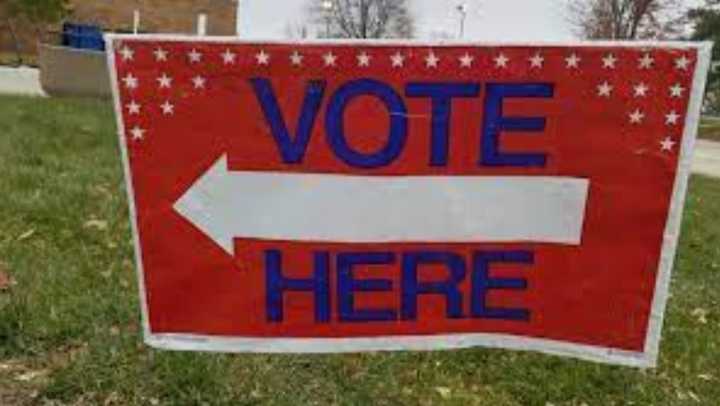Maryland is expected to have the third best representation on Election Day in a few weeks, researchers from WalletHub determined, citing multiple variables that were graded on a 100-point scale.
"To determine which states’ voters most demographically represent their electorates, WalletHub’s analysts compared the distribution of the voting population in each of the 50 states to the distribution of the state’s total population by race, age and gender," according to the methodology.
Behind only New Jersey (96.64 out of 100) and New York (94.09), Maryland, buoyed by its age representation, ranked third in the ranking with a score of 93.8, while neighboring Virginia landed at number 15 (91.89).
Oklahoma (80.61), Massachusetts (82.35), North Dakota (83.72), West Virginia (84.29), and Vermont (84.93), were the least represented.
"The Old Line State is where voters’ ages most closely match the ages of the electorate as a whole, receiving a score of 97.2 out of 100 as a result," analysts said.
"It has the lowest difference between the share of the population ages 18 to 44 who could vote and actually did vote in the 2020 election."
The voter representation was less impressive when it came to race (10th) and gender representation (48th).
“There are plenty of reasons people don’t vote, from not having time to feeling like it won’t count for anything," WalletHub analyst Cassandra Happe stated. "Unfortunately, when large segments of the population skip the ballot box, this can skew future economic and social policies to favor those who did vote, to the detriment of those who didn’t.
"States where the voting population most closely matches the electorate are more likely to elect representatives and institute policies that help all demographics.”
The complete list and methodology can be found here.
Want breaking news in the DMV as it happens, or want to contribute? Join the DMV All Incidents Facebook group.
Click here to follow Daily Voice Kensington and receive free news updates.
